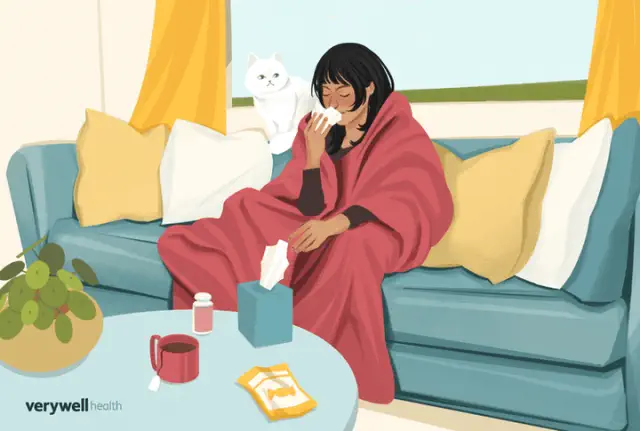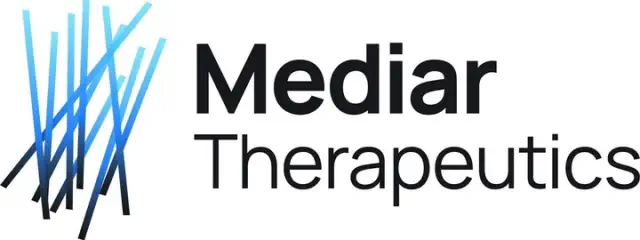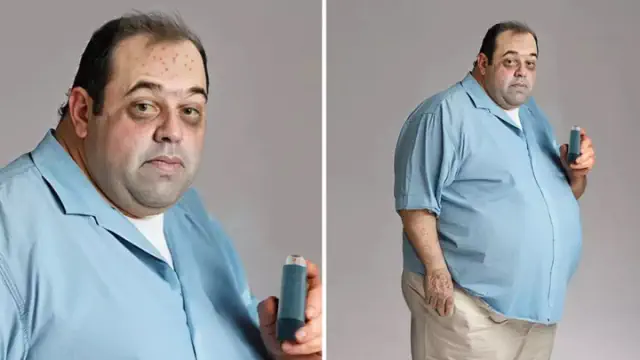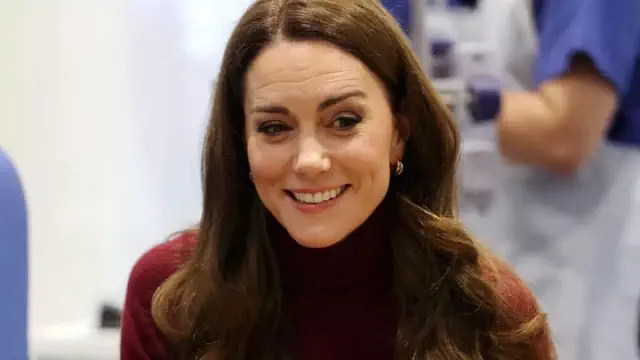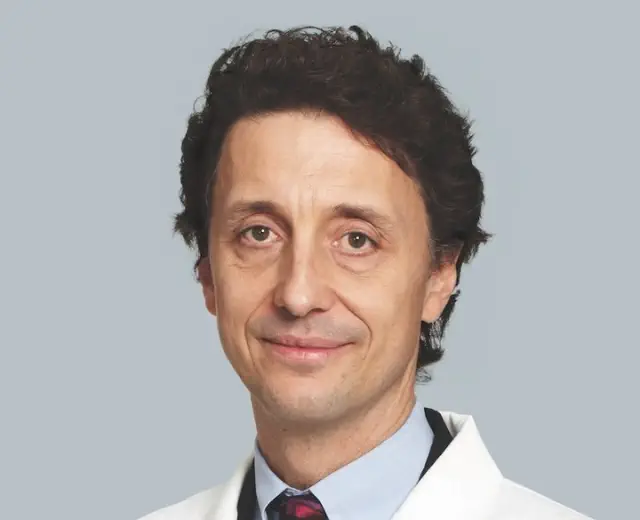
View pictures in App save up to 80% data.
A: At 72 years old, experiencing dry eyes can be quite common, and it may be caused by a variety of factors. As we age, our tear production tends to decrease, leading to dryness. Environmental factors such as wind, smoke, or air conditioning can also contribute. Additionally, certain medications, health conditions, or extended screen time may exacerbate the issue. While lubricating eye drops can provide temporary relief, you might want to consult with an eye care professional for a more tailored solution or to explore other treatment options that may offer longer-lasting relief.
A: You are dealing with a condition widely referred to as dry eye syndrome, also known as dry eye disease. The formal medical terminology is (deep breath) keratoconjunctivitis sicca. It may sound intimidating, but it is actually a prevalent issue that impacts about 20% of the adult population. Annually, around 3 million new cases are reported. While anyone can experience dry eye syndrome at any age, its prevalence tends to rise as individuals age. After reaching 40, the likelihood of developing this condition grows with each decade. Furthermore, it is more frequently observed in women who have gone through menopause.
The outer layer of the eye is shielded by a three-layered liquid known as the tear film. This film is produced by different glands and tissues, with each component contributing to the lubrication, protection, and nourishment of the eye's tissues.
The innermost layer consists of mucus, which plays a crucial role in maintaining stability and providing lubrication. This mucus not only serves as a lubricant but also possesses antibacterial qualities, offering protection against infections. The middle layer, referred to as the aqueous layer, is predominantly composed of water. It ensures proper hydration while flushing out impurities. Additionally, this layer contains proteins that support the nourishment of the cornea, along with electrolytes that regulate surface tension. Finally, the outermost layer is formed by lipids that create a barrier to minimize evaporation.
When any of the three layers of the tear film is disrupted, the eye's capacity to provide nourishment, hydration, lubrication, and protection can be affected. This disruption may arise from various factors, including the natural aging process, certain autoimmune disorders, side effects from specific medications, and fluctuations in hormone levels.
Factors related to the environment, including arid climates, dry air produced by heating systems, air pollution, smoke from burning wood, allergens, and excessive screen usage, can also contribute to the issue.
The most prevalent type of dry eye occurs due to a lack of lipids in the tear film, referred to as evaporative dry eye. This condition causes tears, which are essential for keeping the eyeball hydrated, to evaporate faster than they can be replenished. To alleviate the symptoms of evaporative dry eye, lubricating drops containing lipid-based components can be used to enhance the thickness of the outer tear film layer. On the other hand, when the watery component of the tear film is insufficient, it is classified as aqueous-deficient dry eye, which is less frequently encountered than its evaporative counterpart. In such instances, drops labeled as “hypotonic” can help increase tear volume and restore moisture to the eye's surface. For more severe dry eye cases, it may be necessary to consider prescription medications.
Redness is often seen in cases of dry eye, but it's best to steer clear of drops that claim to provide “redness relief.” These products typically include vasoconstrictors, which constrict blood vessels and may actually exacerbate dry eye symptoms.
If the situation is serious, consult your physician. Possible complications may involve persistent inflammation, harm to the eye's surface, increased risk of infections, and potentially even loss of vision.
• Dr. Eve Glazier is an internist and associate professor of medicine at UCLA Health. Dr. Elizabeth Ko is an internist and assistant professor of medicine at UCLA Health. Send your questions to [email protected].
© 2025 UCLA Health. Published by Andrews McMeel Syndication.

